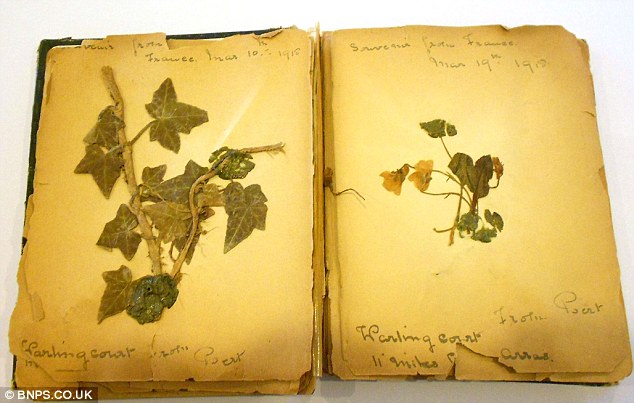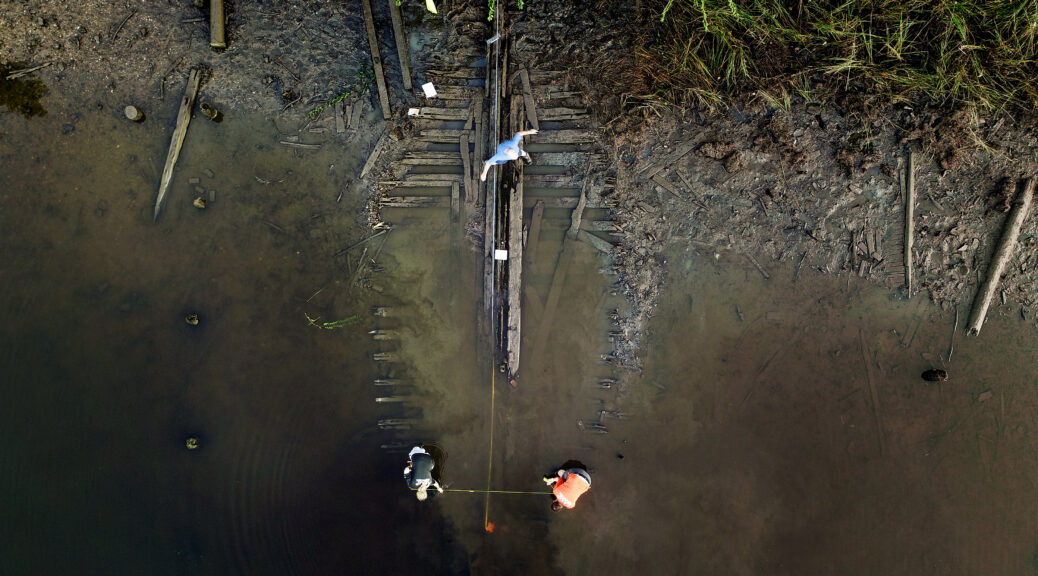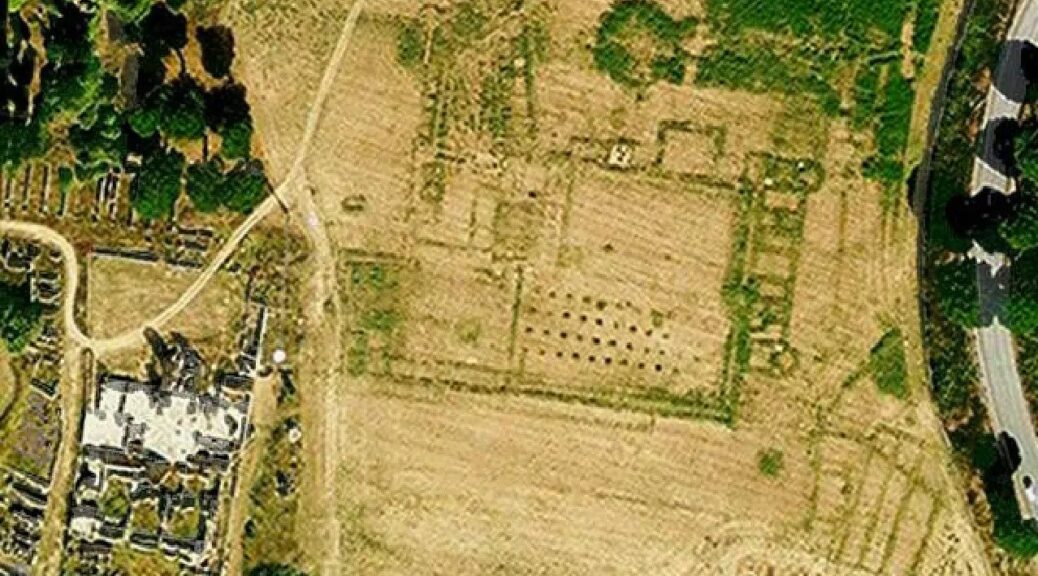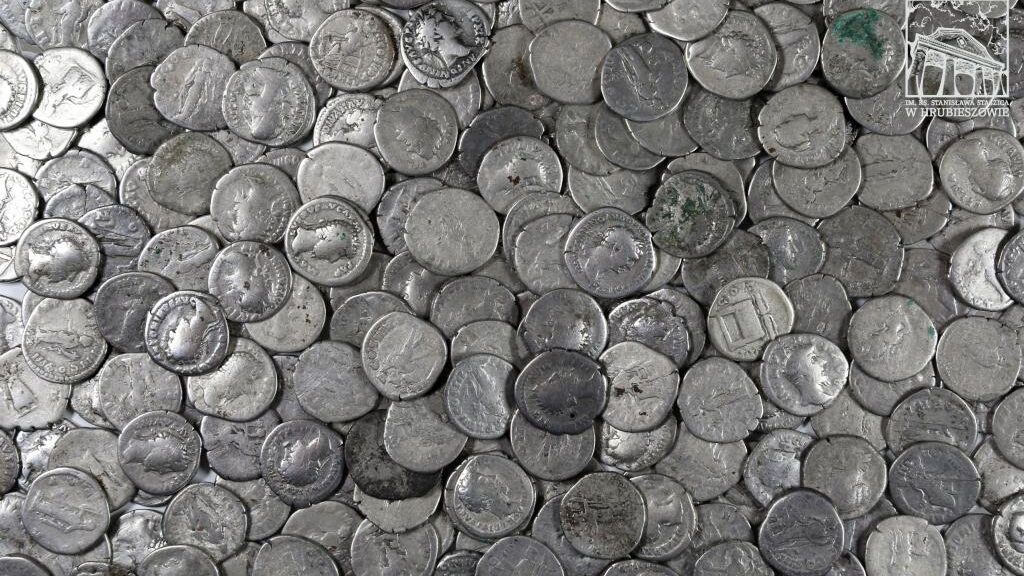Israeli Archaeologists Find Hidden Pattern at ‘World’s Oldest Temple’ Göbekli Tepe
Archeologists believe the neolithic hunter-gathers who built huge monoliths in central Turkey 11,500 years ago had knowledge of geometry and a much more complex society than previously thought, archaeologists say.

Since their discovery in 1990. The mysterious monoliths constructed at Göbekli tepe some 11,500 years ago have been confusing archeologists and challenging preconceptions of prehistoric culture.
Chiefly, how could hunter-gatherers with a supposedly primitive societal structure build such monumental stone circles on this barren hilltop in what is today southeastern Turkey?
Now, Israeli archaeologists, Gil Haklay and his PhD advisor Avi Gopher, of Tel Aviv University , have published a new study in the Cambridge Archaeological Journal providing a set of observations suggesting this prehistoric building project was “much more complex than previously thought”, and that it required planning and resources to a degree thought of as being impossible for those times.
At this world-renowned archaeological site several concentric stone circles feature massive T-shaped pillars that reach almost 6 meters (20 ft) in height with animals and anthropological motifs carved in relief.
But this new study focuses on the arrangement and positioning of the three oldest circular stone enclosures at Göbekli Tepe and the researchers claim that underlying the entire architectural plan of these three structures is “a hidden geometric pattern,” which they describe as being “specifically an equilateral triangle.”

Until these new observations, most archaeologists had assumed that the circles at Göbekli Tepe had been built gradually, over a long time period, possibly by different cultural groups, and that older circles were covered over with the new. Never was it considered that all three enclosures might have been constructed “as a single unit at the same time,” said the researchers.
Researcher Haklay told Haaretz that while the initial discovery of the site was a big surprise for the archaeological world, his new research confirms its construction was even “more complex than we thought.”
The new study focuses on enclosures B, C, and D, which have been dated to slightly older than enclosure A, and Haklay, who was previously an architect, applied a method of interpretation known as “architectural formal analysis” to retrace the ancient builders planning principles and methodologies.
Using an algorithm, Haklay identified the center points of the three irregular stone circles, which fell roughly mid-way between the pair of central pillars in each enclosure.
The eureka moment came when the three central points were found to form a nearly perfect equilateral triangle, so accurate in measure, that the researchers say the “vertices are about 25 centimeters (10 inches) away from forming a perfect triangle with sides measuring 19.25 meters (63 ft) each”.

And for those readers thinking this occurrence might be a coincidence, Haklay told reporters at Haaretz that the enclosures “all have different sizes and shapes” and he says the odds that the three center points would form an equilateral triangle by chance, “are very low.”
This complex abstract floor design underlying the arrangement of Göbekli Tepe, is presented in the new paper as evidence of a “scaled floor plan,” possibly achieved using reeds of equal length to create a rudimentary blueprint on the ground, Haklay suggests.
The archaeologist also thinks each enclosure subsequently went through a long construction history with multiple modifications, but that in the initial building phase “they started as a single project.”
If the underlying geometric pattern is indeed evidence that the three structures at Göbekli Tepe had been built in one ancient engineering project, the feat was three times larger than previously thought, requiring a similar multiplication of hunter-gatherer builders, resources and effort. Gopher suggests maybe “thousands of workers marked” what he called the birth of a more stratified society, with a level of sophistication equatable with much later sedentary groups of farmers.
In conclusion, while the two researchers are convinced their discovery proves the three stone circles had been built contemporaneously, many readers will at this moment, like me, be struggling with a contrasting proposition. What if the earliest builders erected a stand-alone circle then a later culture built another one, randomly positioned, beside the first with no geometric correlation.
Then the third set of builders, perhaps 2000 years later, decided to build their circle equidistant from the previously unrelated first two circles, resulting in an equilateral triangle by independent, although connected design thinking, or even dare we say, by chance?























